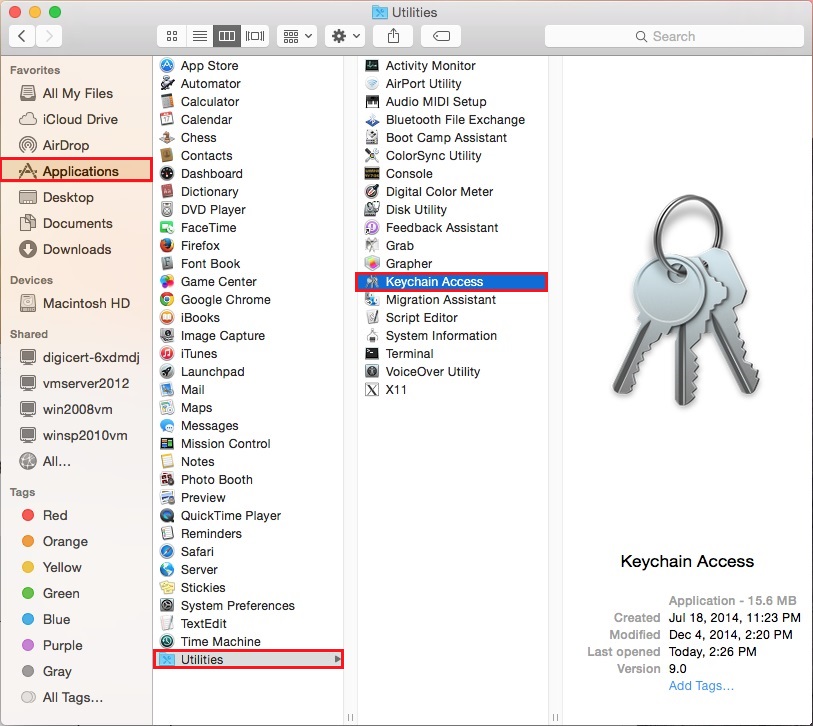

On a shared computer, such as a public terminal, the Umbrella roaming client can't differentiate between different users and cannot easily allow the right domains for the right people. Umbrella is unable to provide a time-based policy application with our service, so simply allowing a user to access at site all the time could be problematic. Policy Management is not an effective solution if users are allowed to visit these domains only at given times, such as their lunch break. There can be issues with your network configure or acceptable usage (HR) policy that prevent this solution. Note: The Umbrella roaming client is an effective way to distribute particular policies to multiple users, but if you have enabled Active Directory integration, you can apply these permitted policies to particular AD users as well.

In essence, you are putting certain domains in an allow list for certain users at all times of the day in order to work around these errors. One way to deliver these sorts of specific policies with the Umbrella Roaming Client. Since the users' requests are never blocked, the browser will never receive a request from a domain with a mismatched certificate. If some of your users should be permitted to access sites that they would normally need to use Block Page Bypass to access, you should instead configure a separate policy for these users and add the domains that they should be allowed to use to the Allow List. Proper policy management is the best solution to this problem because the browser will not receive a failed validation response in the first place.

Second, there are a couple of browser tweaks that can be made but these are isolated to a subset of the browsers affected by this issue.
#Firefox for mac could not verify this certificate because the issuer is unknown how to
First, we'll discuss how to use more granular policies to workaround this issue. There are a few ways to resolve these sorts of issues. For more information about HSTS, please refer to this article.Īs a result, the page in question cannot be accessed through Block Page Bypass (in fact, the Bypass screen may not even appear!) The methods below may allow access to the BPB login, but upon login the certificate error will reappear for and deny access. So, if you're seeing a certificate error in Google Chrome or Mozilla Firefox or Safari that cannot be bypassed and you are trying to access the bypass login, this article is for you! This extra security for HTTPS pages prevents the Umbrella block page and bypass block page mechanism from working when HSTS is active for a website. In essence, communication between certain browsers and certain websites is done in a way that 'bakes in' the requirement to use HTTPS and no bypass or exception is possible. When you're unable to bypass the certificate error by adding an exception, this is because of the implementation of HTTP Strict Transport Security (HSTS) or pre-loaded Certificate Pinning in modern browsers. In this case, follow the steps below to allow the certificate error to be cleared. This article is a guide for when a certificate error for *. or *. appears, but is not able to be bypassed by adding a certificate exception as outlined in this article. We encourage you to try installing the Cisco Root CA with this article: GOOD NEWS! A solution for this problem that is easier to manage and persistent for all sites is now available!Īs a result, the information below is still applicable but can now be worked around with a permanent solution.


 0 kommentar(er)
0 kommentar(er)
